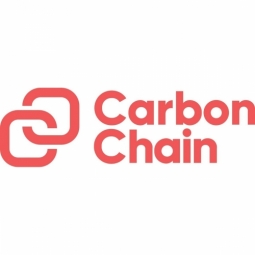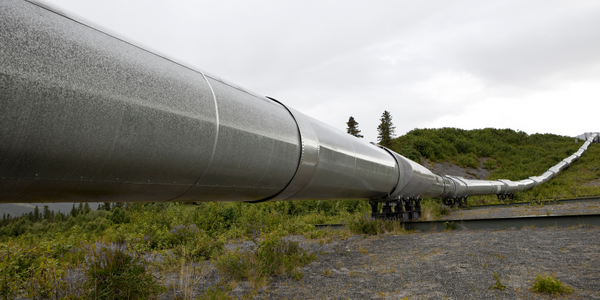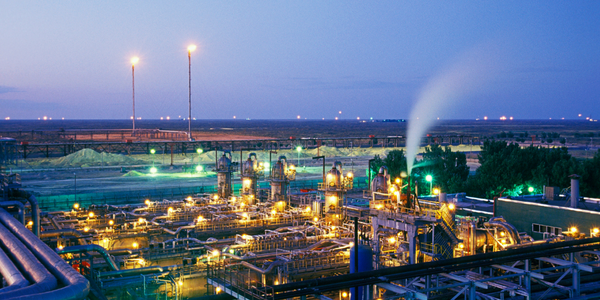Customer Company Size
Large Corporate
Region
- Africa
- Europe
Country
- Switzerland
Product
- CarbonChain
Tech Stack
- Carbon Accounting Software
- API Integration
Implementation Scale
- Enterprise-wide Deployment
Impact Metrics
- Environmental Impact Reduction
- Digital Expertise
- Customer Satisfaction
Technology Category
- Analytics & Modeling - Predictive Analytics
- Application Infrastructure & Middleware - Data Exchange & Integration
Applicable Industries
- Oil & Gas
Applicable Functions
- Logistics & Transportation
- Business Operation
Use Cases
- Supply Chain Visibility
- Regulatory Compliance Monitoring
Services
- Data Science Services
- System Integration
About The Customer
Mocoh Sa, headquartered in Geneva, is a company that supplies essential energy and resources across the African continent. The company plays a crucial role in providing reliable and transportable access to necessary resources, which are vital for maintaining economies and fostering progress. Mocoh is committed to operating at the frontier of the energy sector and aims to accelerate the transition to cleaner, lower-carbon fuels. The company is focused on identifying and managing carbon emissions across its supply chain to support the energy transition.
The Challenge
Mocoh faced the challenge of identifying and managing carbon emissions across its supply chain. The company recognized the importance of transparency and collaboration with stakeholders to progress in the energy transition. Mocoh needed to measure emissions to inform regulators, understand emissions scale and structure, identify reduction opportunities, and share data transparently. The company began using CarbonChain in 2021 to address these challenges.
The Solution
Mocoh implemented CarbonChain to map, measure, and track its supply chain emissions. The process involved setting boundaries for GHG assessments, collecting and mapping data, and using a carbon footprint calculator. CarbonChain helped Mocoh map trade flows, identify supply chain steps, and calculate emissions using a comprehensive independent emission factors database. The platform provided insights into emissions hotspots, carbon intensity comparisons, and emissions variation per activity. Mocoh used these insights to inform its ESG strategy, prepare for mandatory reporting, and collaborate with stakeholders on emissions reduction.
Operational Impact
Quantitative Benefit

Case Study missing?
Start adding your own!
Register with your work email and create a new case study profile for your business.
Related Case Studies.

Case Study
Taking Oil and Gas Exploration to the Next Level
DownUnder GeoSolutions (DUG) wanted to increase computing performance by 5 to 10 times to improve seismic processing. The solution must build on current architecture software investments without sacrificing existing software and scale computing without scaling IT infrastructure costs.

Case Study
Remote Wellhead Monitoring
Each wellhead was equipped with various sensors and meters that needed to be monitored and controlled from a central HMI, often miles away from the assets in the field. Redundant solar and wind generators were installed at each wellhead to support the electrical needs of the pumpstations, temperature meters, cameras, and cellular modules. In addition to asset management and remote control capabilities, data logging for remote surveillance and alarm notifications was a key demand from the customer. Terra Ferma’s solution needed to be power efficient, reliable, and capable of supporting high-bandwidth data-feeds. They needed a multi-link cellular connection to a central server that sustained reliable and redundant monitoring and control of flow meters, temperature sensors, power supply, and event-logging; including video and image files. This open-standard network needed to interface with the existing SCADA and proprietary network management software.

Case Study
Refinery Saves Over $700,000 with Smart Wireless
One of the largest petroleum refineries in the world is equipped to refine various types of crude oil and manufacture various grades of fuel from motor gasoline to Aviation Turbine Fuel. Due to wear and tear, eight hydrogen valves in each refinery were leaking, and each cost $1800 per ton of hydrogen vented. The plant also had leakage on nearly 30 flare control hydrocarbon valves. The refinery wanted a continuous, online monitoring system that could catch leaks early, minimize hydrogen and hydrocarbon production losses, and improve safety for maintenance.










